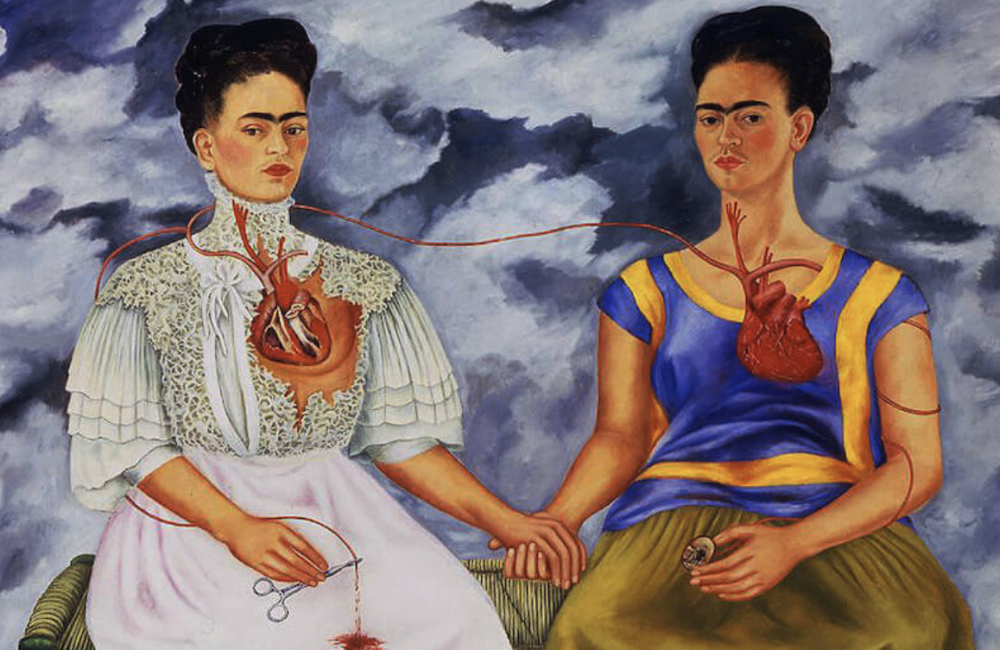
The rich tapestry of Frida Kahlo’s life, love and loss as told through her paintings.
Frida Kahlo was born on July 6th 1907, the third of four daughters born to Matilde and Guillermo Kahlo, she lived with her family in the Casa Azul (Blue House) in Coyacán, a suburb of Mexico City. You can actually visit her family home which is now a museum.
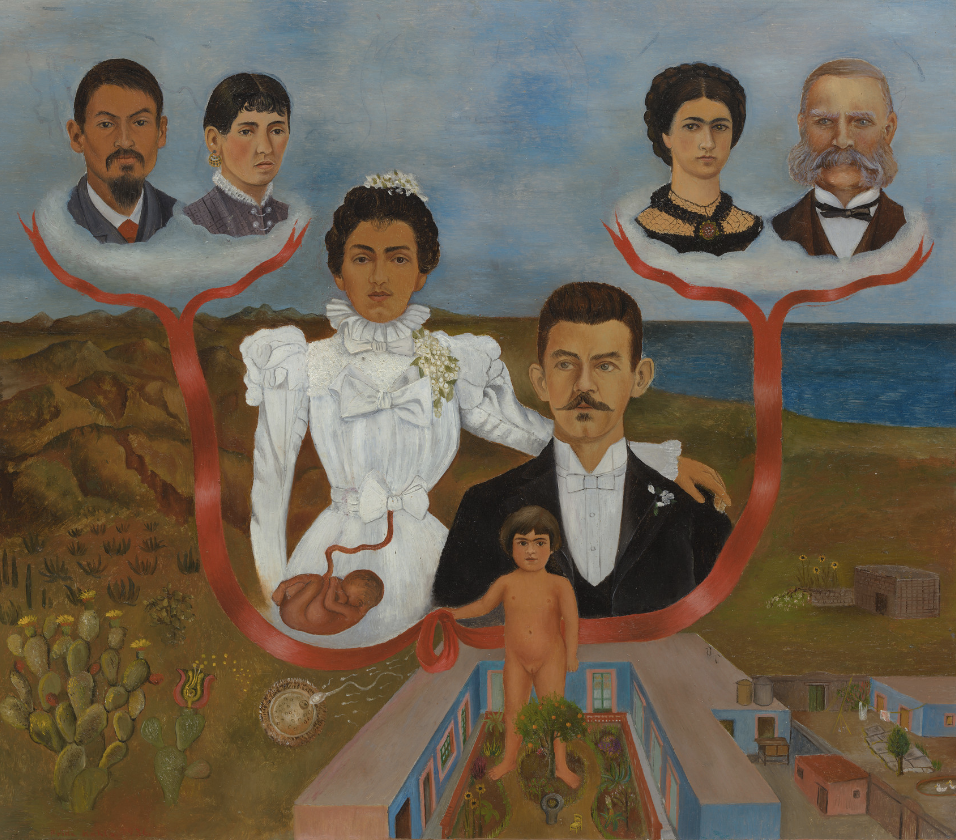
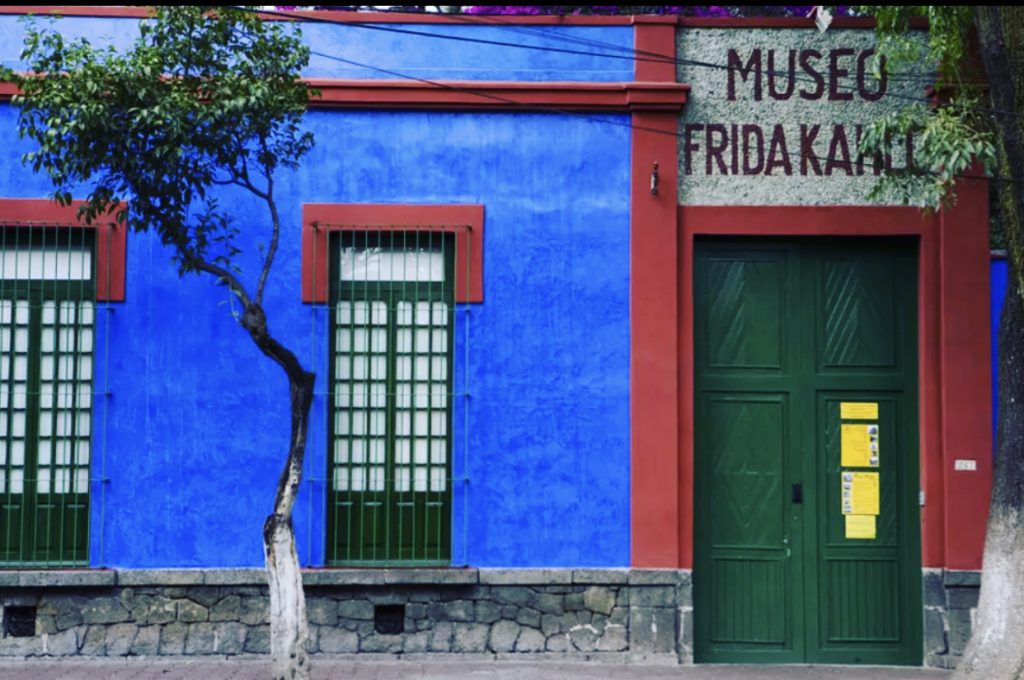
Although Frida Kahlo had always enjoyed painting she initially had aspirations to be a doctor and was well on her way until September 17th 1925. On that fateful day, an 18 year old Frida was on a trolley bus with her friend and classmate Alejandro Gomez, no sooner had they sat down, the bus swerved around the corner crashing into an electric trolley car at full speed. A pole from the bus skewered Frida through the pelvis, breaking her spinal column, her collarbone, ribs, pelvis and causing 11 fractures in her right leg. Another passenger had been holding a huge bag of gold glitter, which flew from his hands in the crash and ruptured covering Frida’s body in a layer of golden dust.
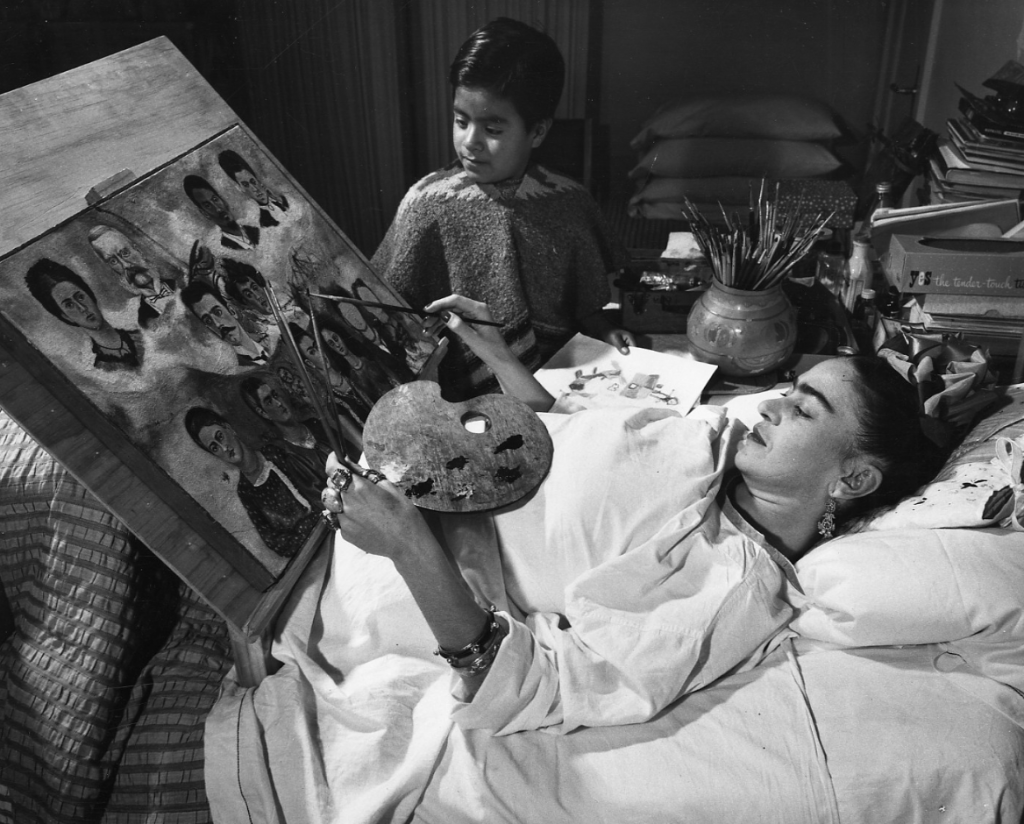
There have been two great accidents in my life. One was the trolley, and the other was Diego. Diego was by far the worst.
frida Kahlo
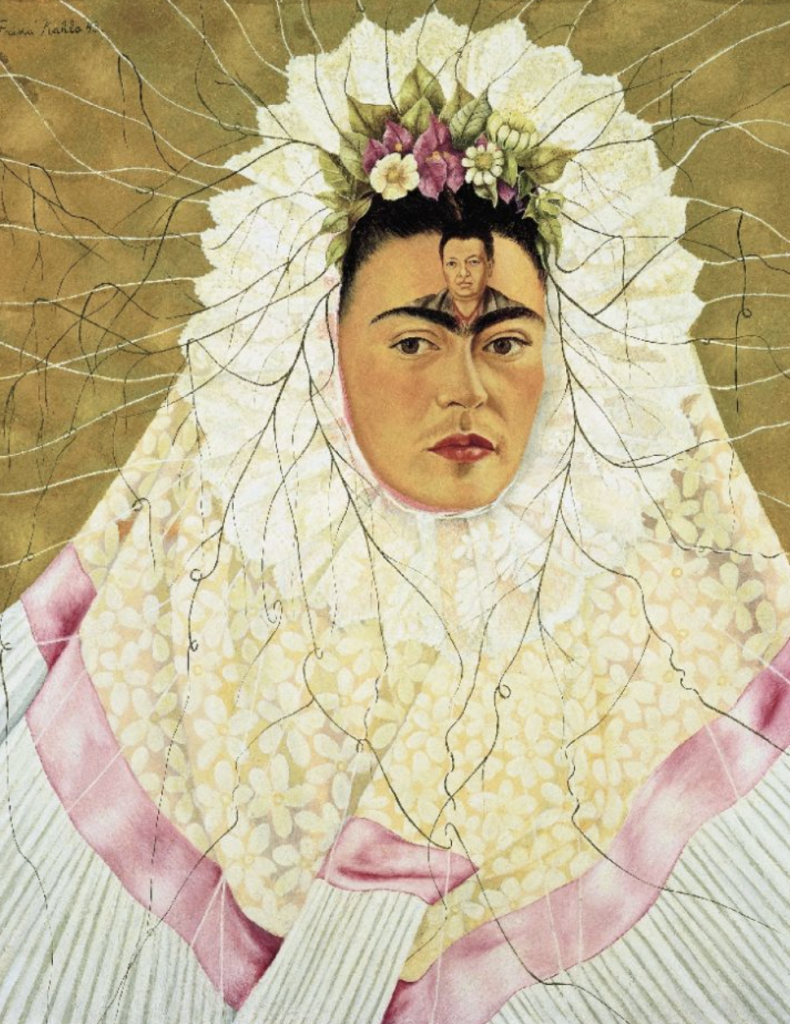
Frida had many romantic partners but the Mexican muralist Diego Rivera was the true love of her life, he was also one of the greatest sources of her pain, there were many infidelities throughout their turbulent relationship including with Frida’s own sister. However Frida never stopped loving Diego.
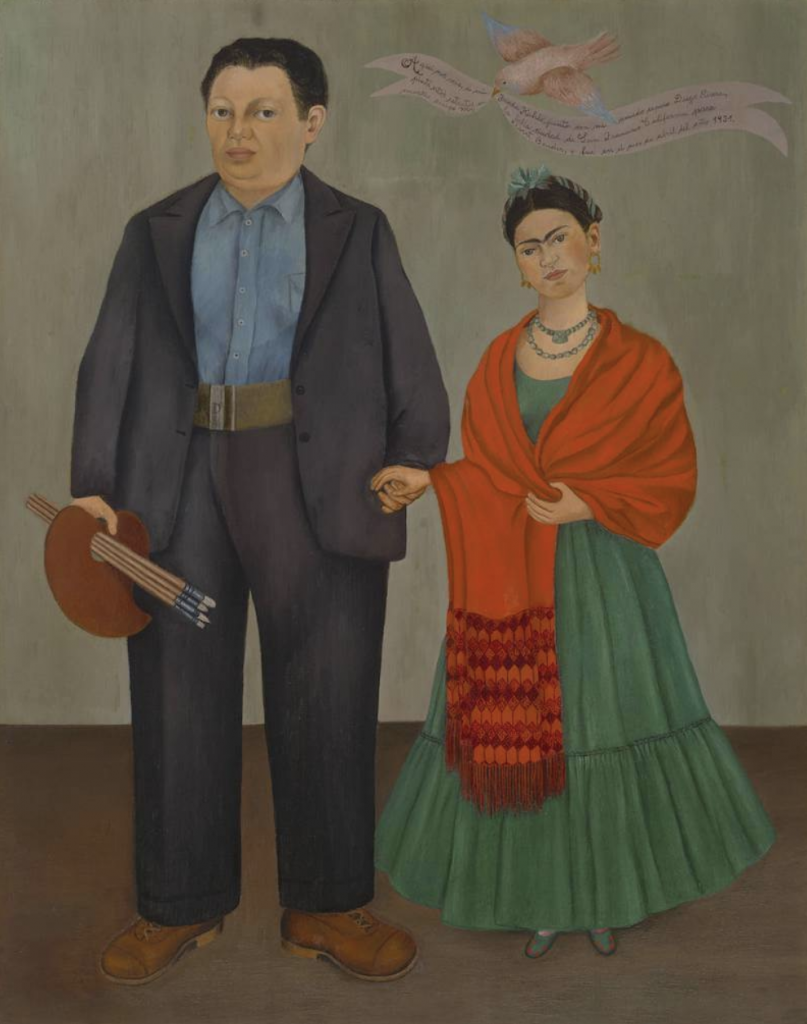
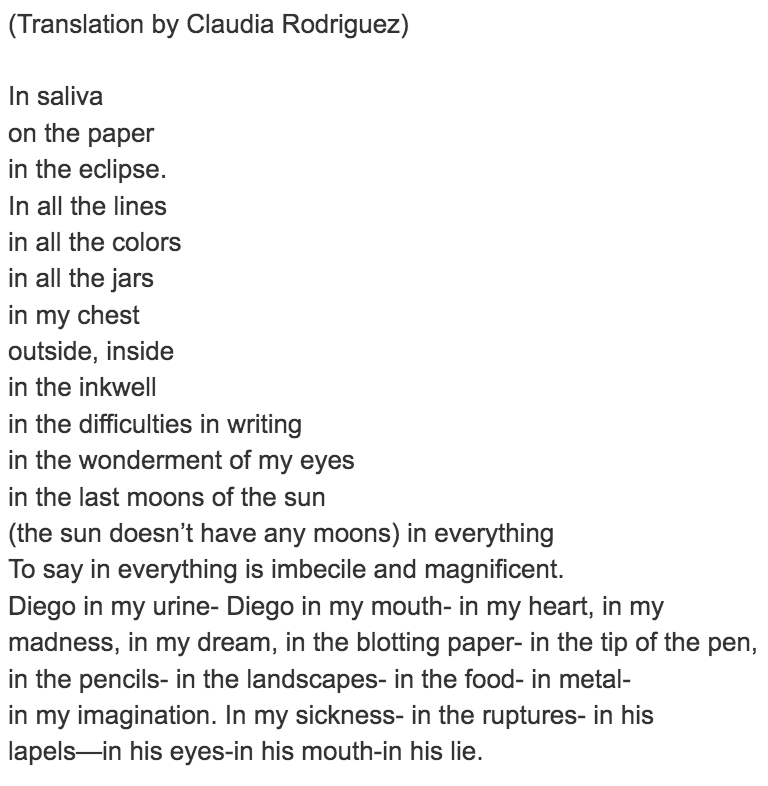
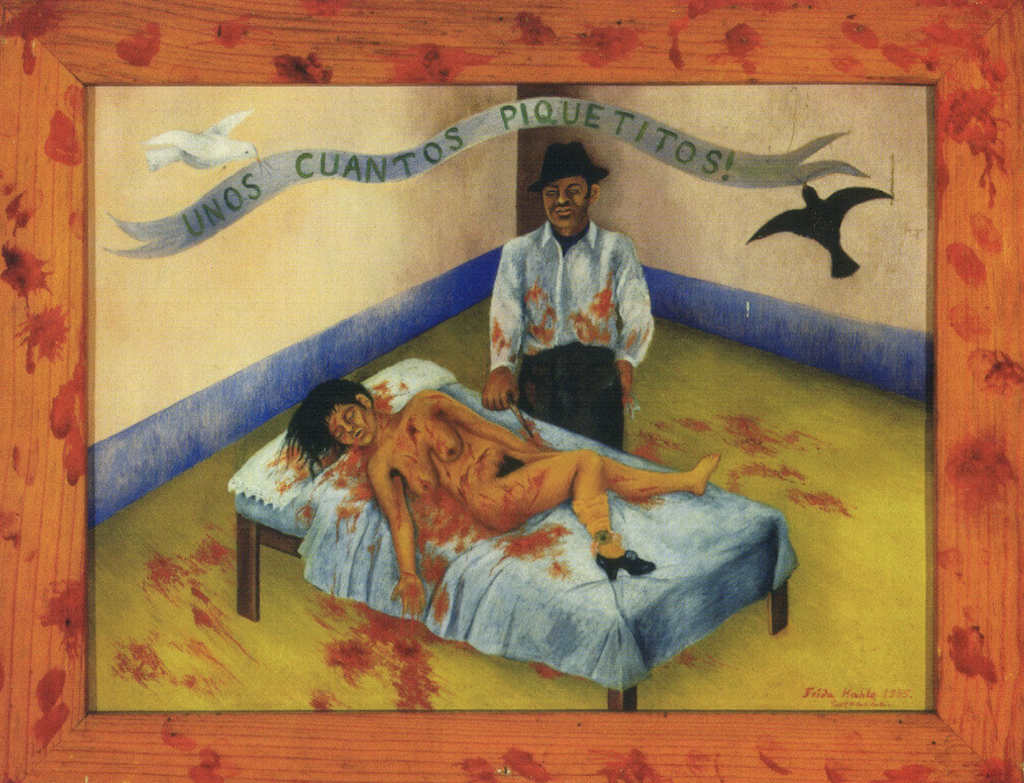
Another major source of pain for Frida was her inability to have a child, in her life she had many miscarriages and a few abortions too when it became clear her poor health would make it impossible for her to carry a baby to term.
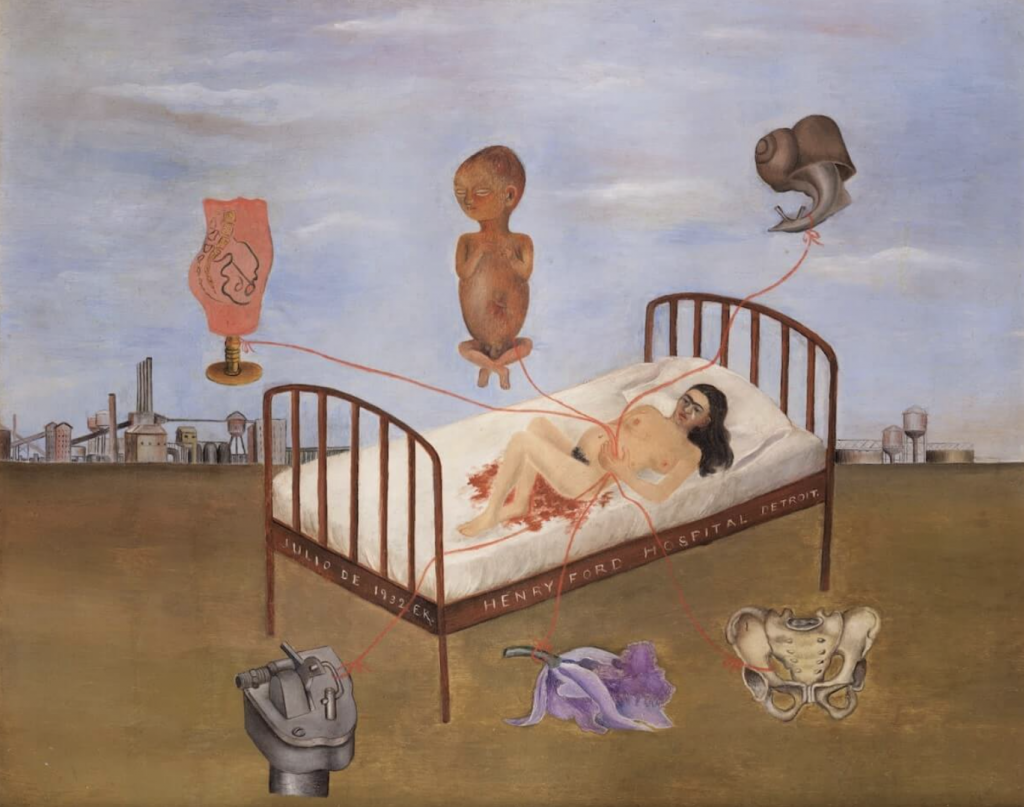
Frida’s pets became like her surrogate children and she poured all her love into them, she had cats, dogs, parrots and two spider monkeys of which her favourite was Fulang Chang who was like her baby.
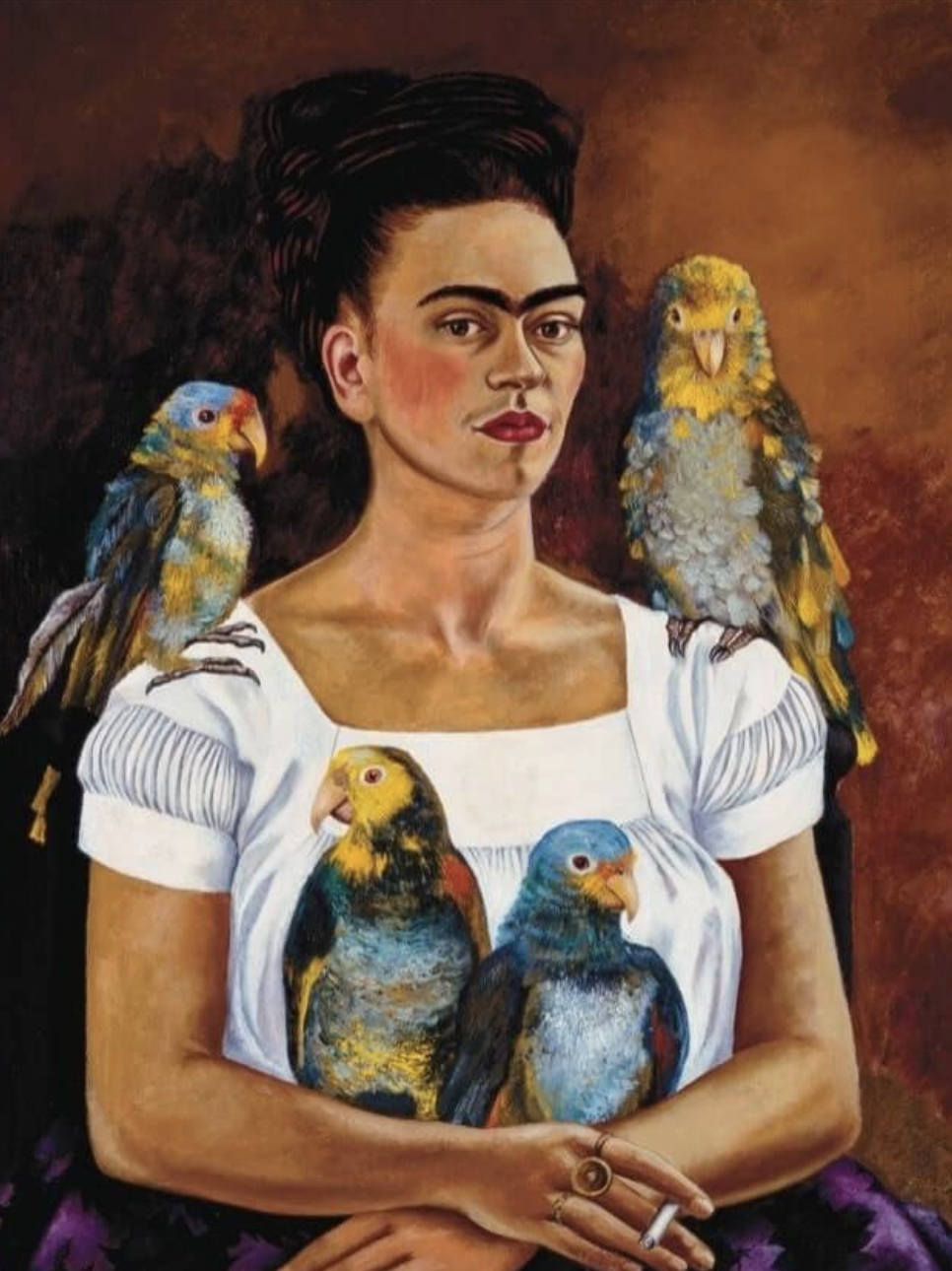
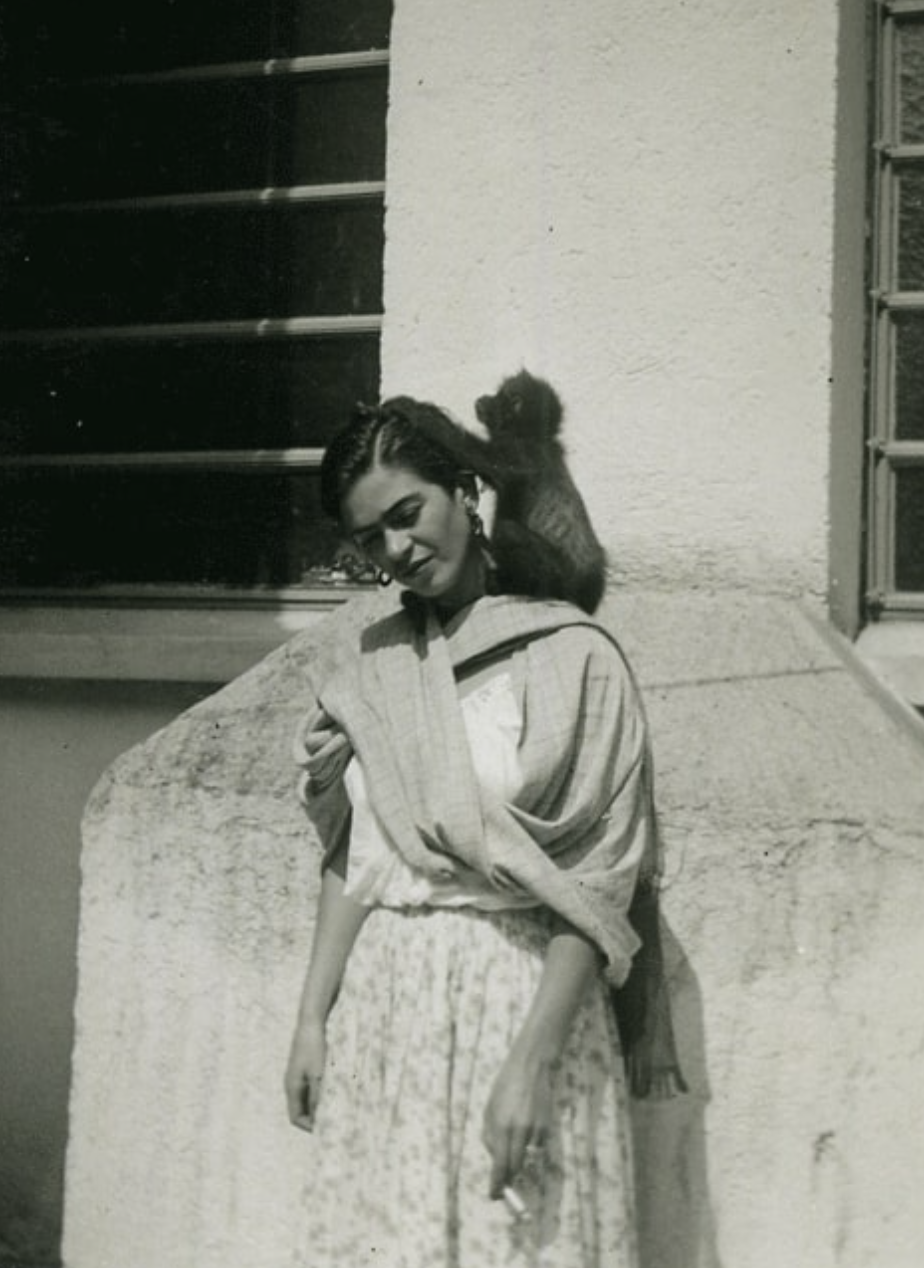
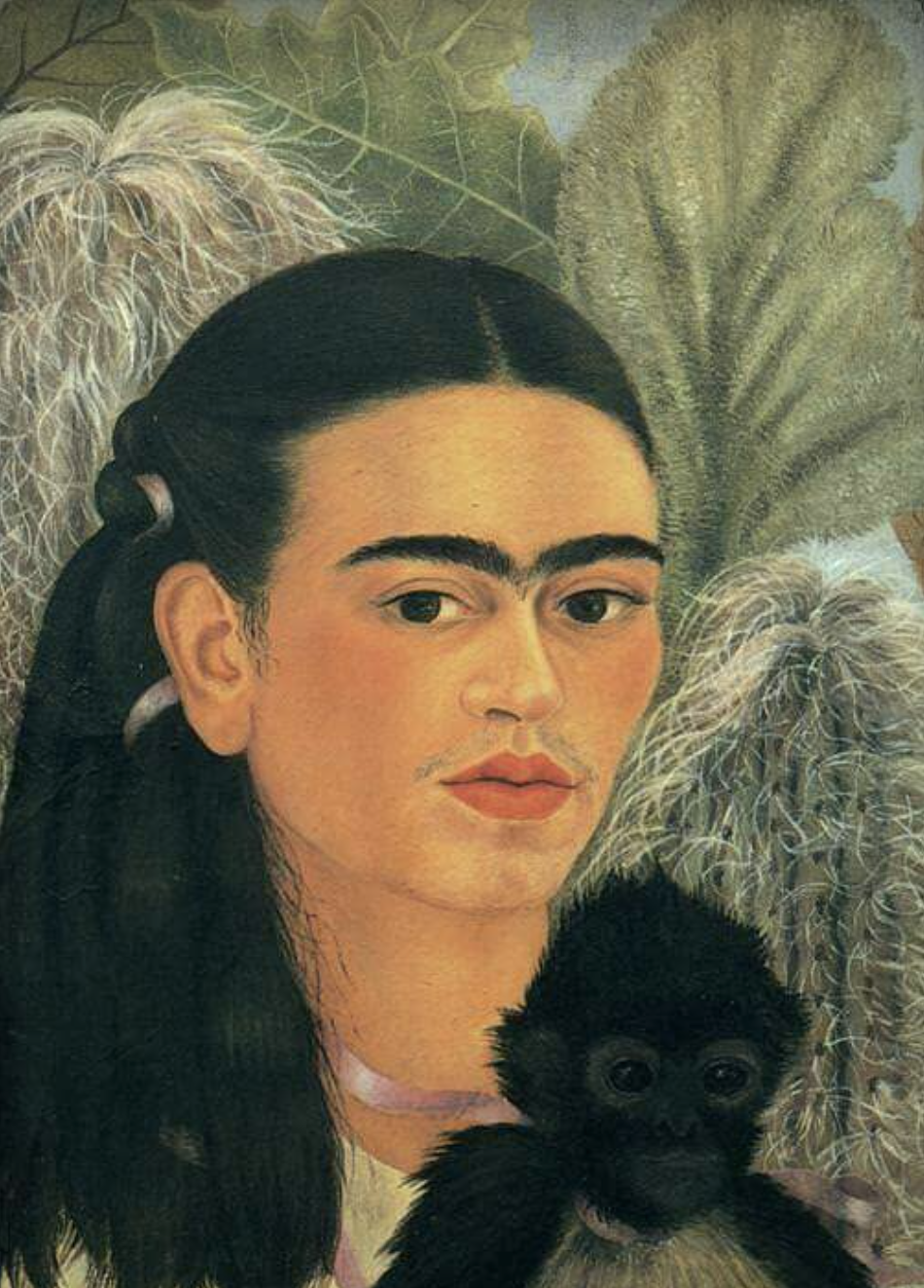
Due to her injuries and the many surgeries she endured, Frida was in constant physical pain, it was no wonder that she self medicated with alcohol, cigarettes and opioids.
I drank because I wanted to drown my sorrows, but now the damned things have learned to swim
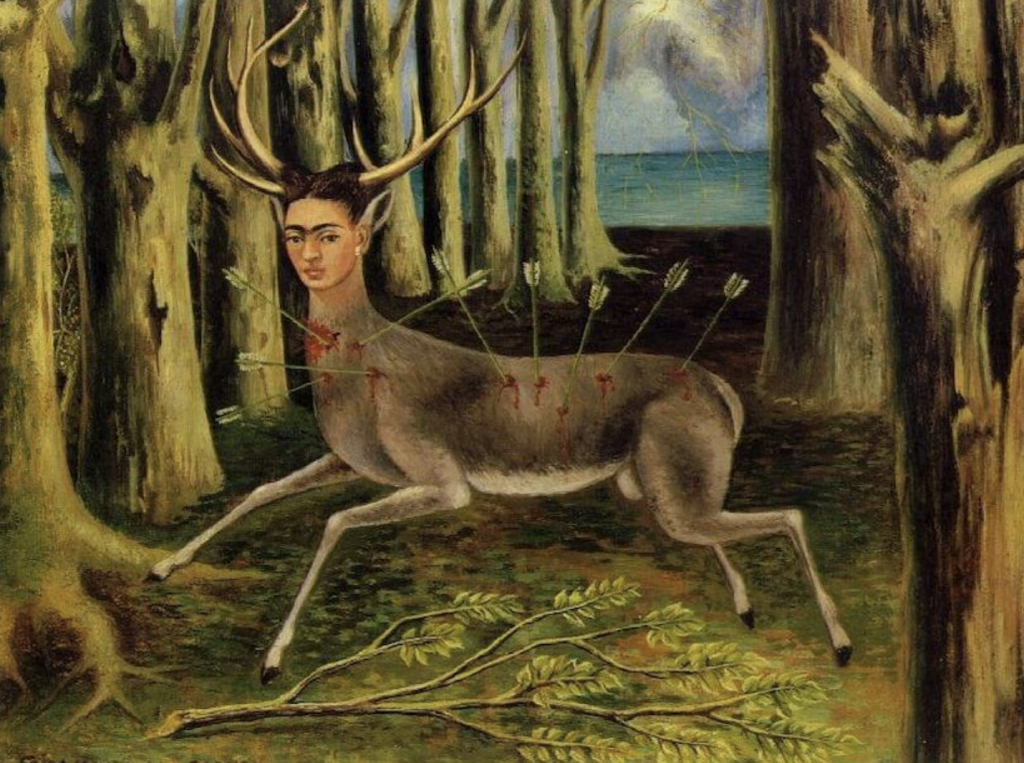
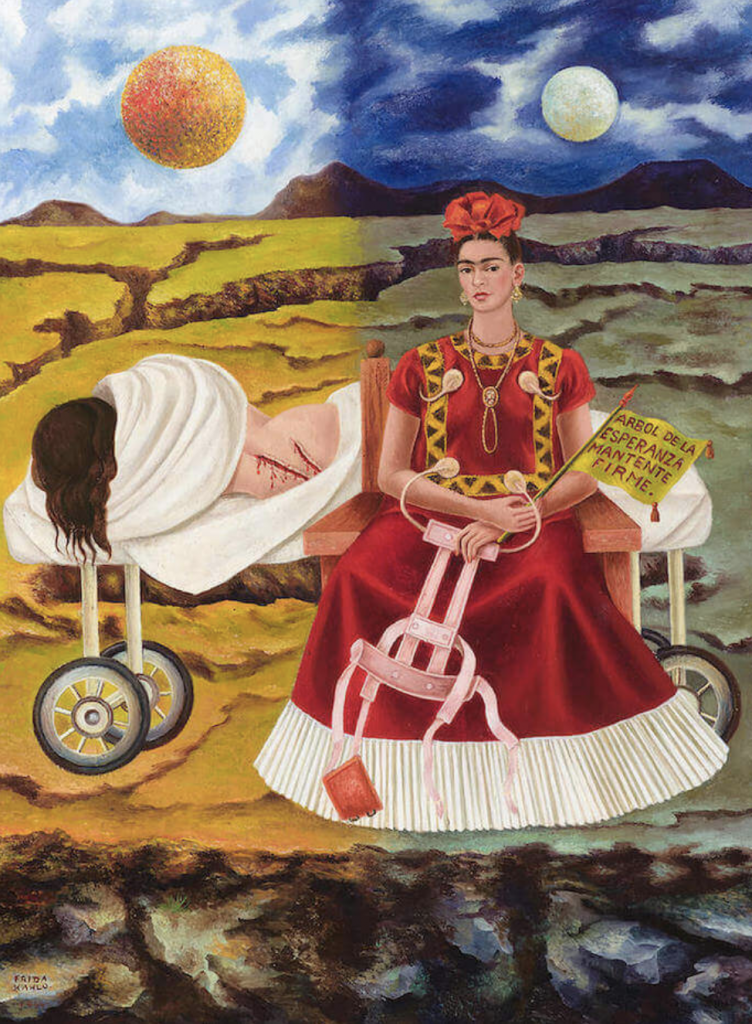
Frida always had a spirit for activism and joined the Communist Party in 1927, this was a time in history when Mexico City was the global epicentre for radical politics and many exiled Communists like the Cuban Julio Antonio Mella and Italian Tina Modotti were banished to the city and befriended by Frida.
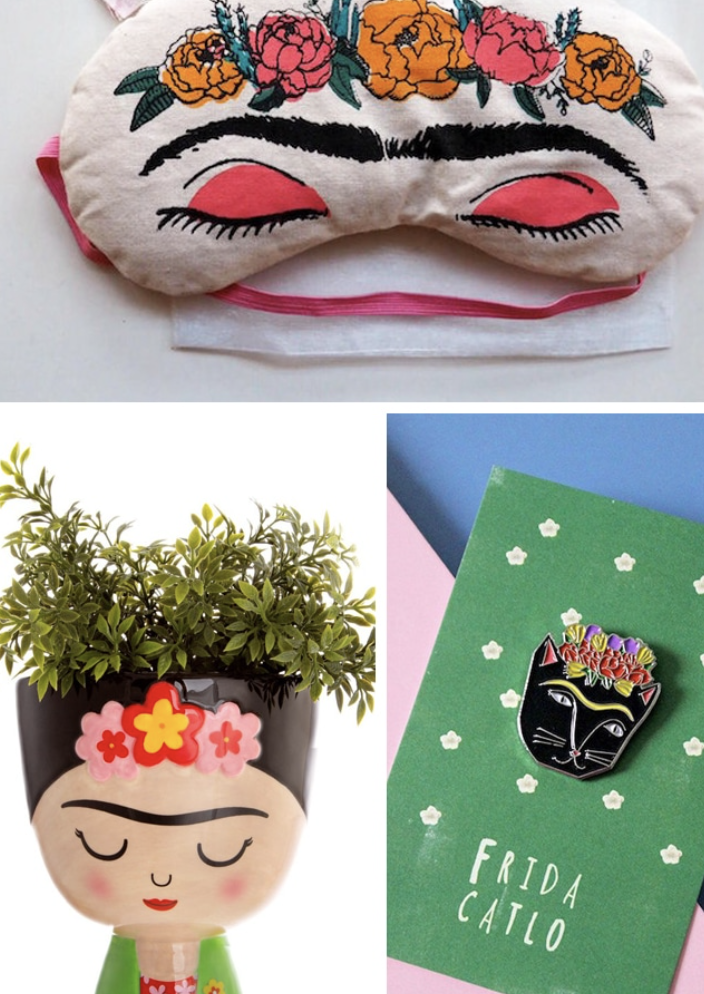
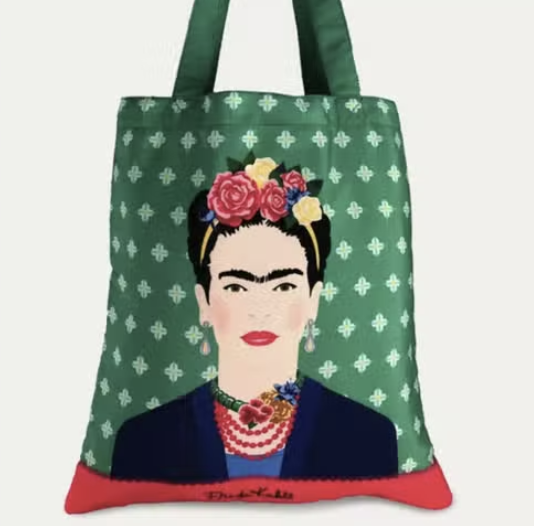
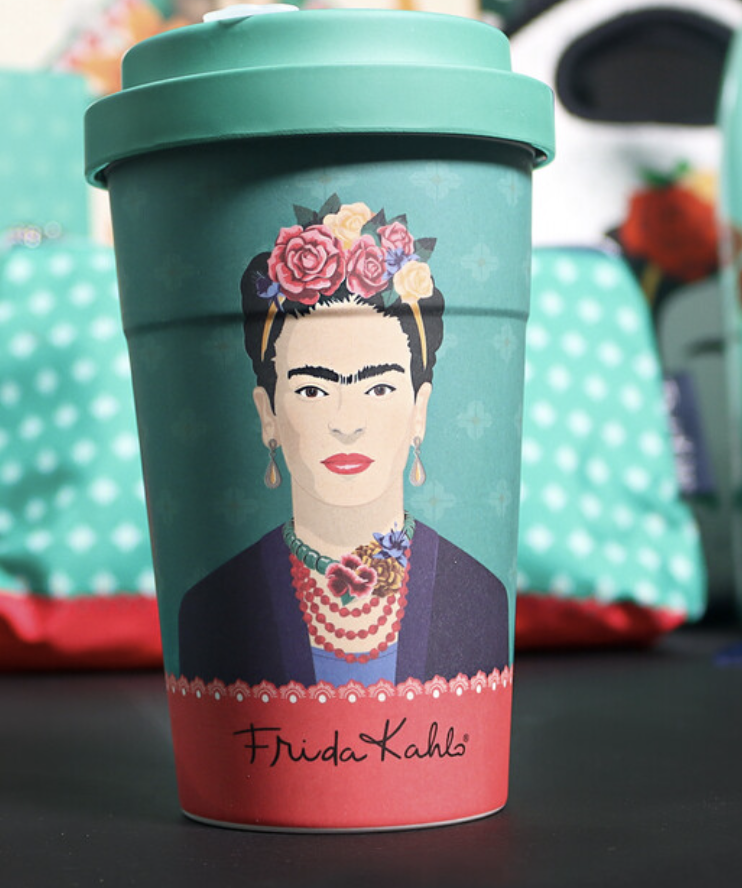
Given how Frida felt about capitalism and her disapproval of America, I wonder how she would have felt about the global commercialisation and appropriation of her image.
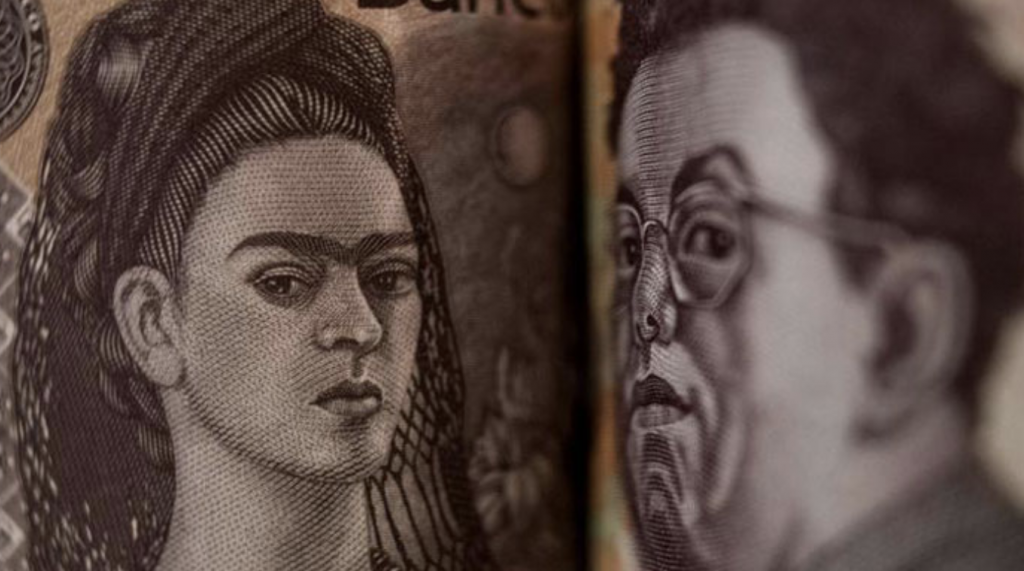
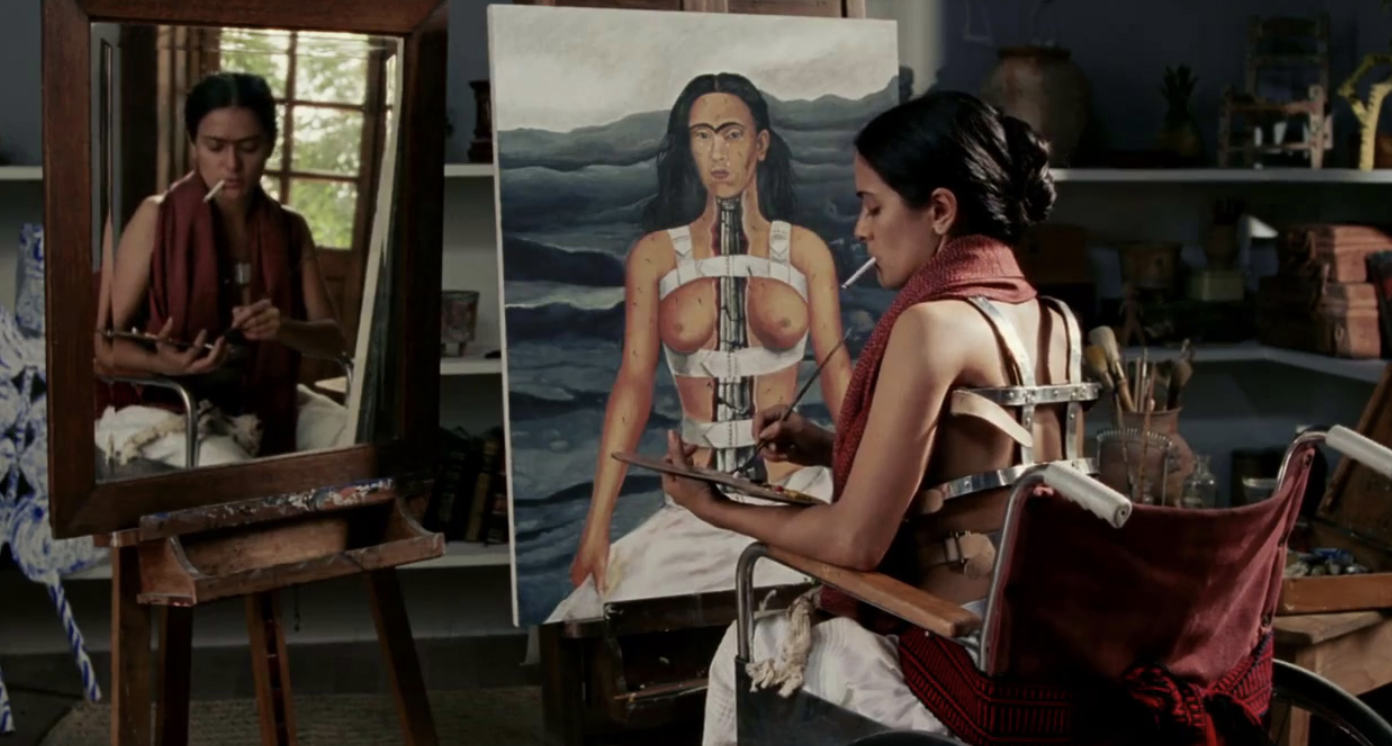
Even after Frida had her leg amputated because it had became gangrenous and was in the worst pain of her life, she forced herself to get up and go to support a rally against the US intervention in Guatemala in July 1954. Frida died 11 days later.
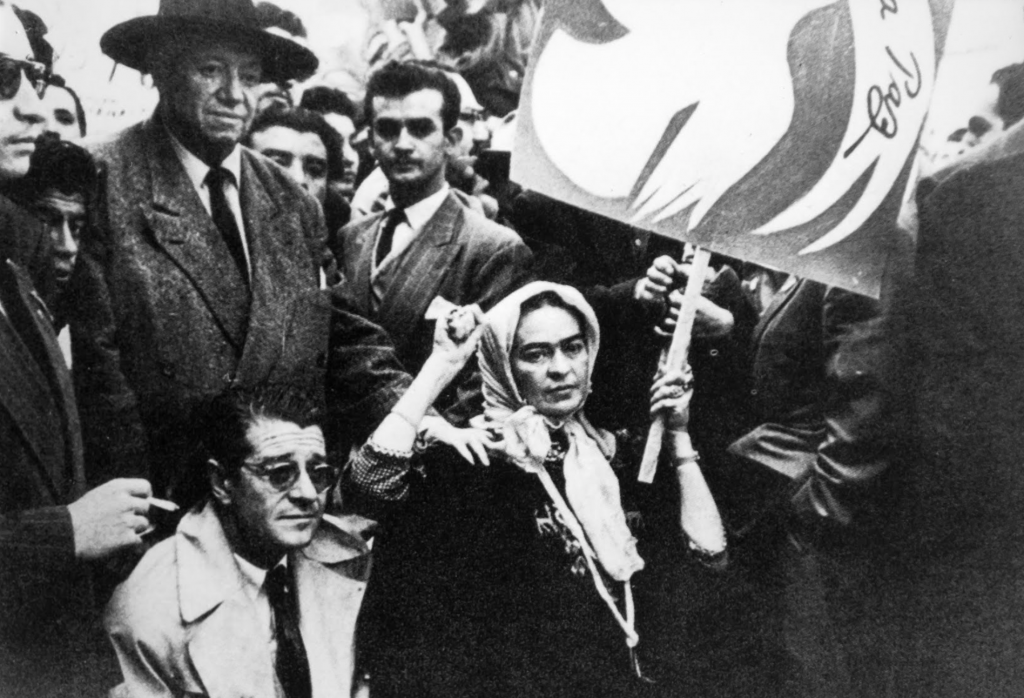



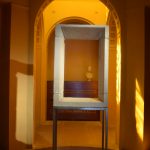
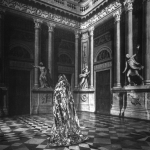
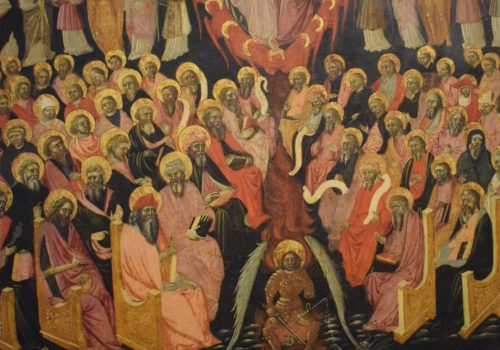
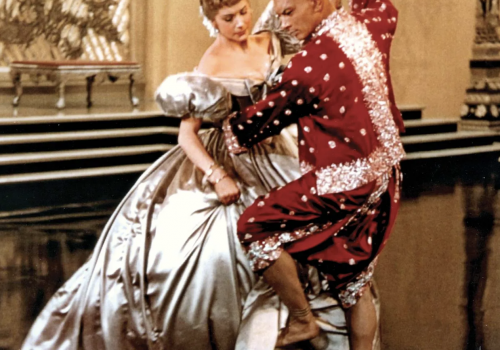


Leave a Reply